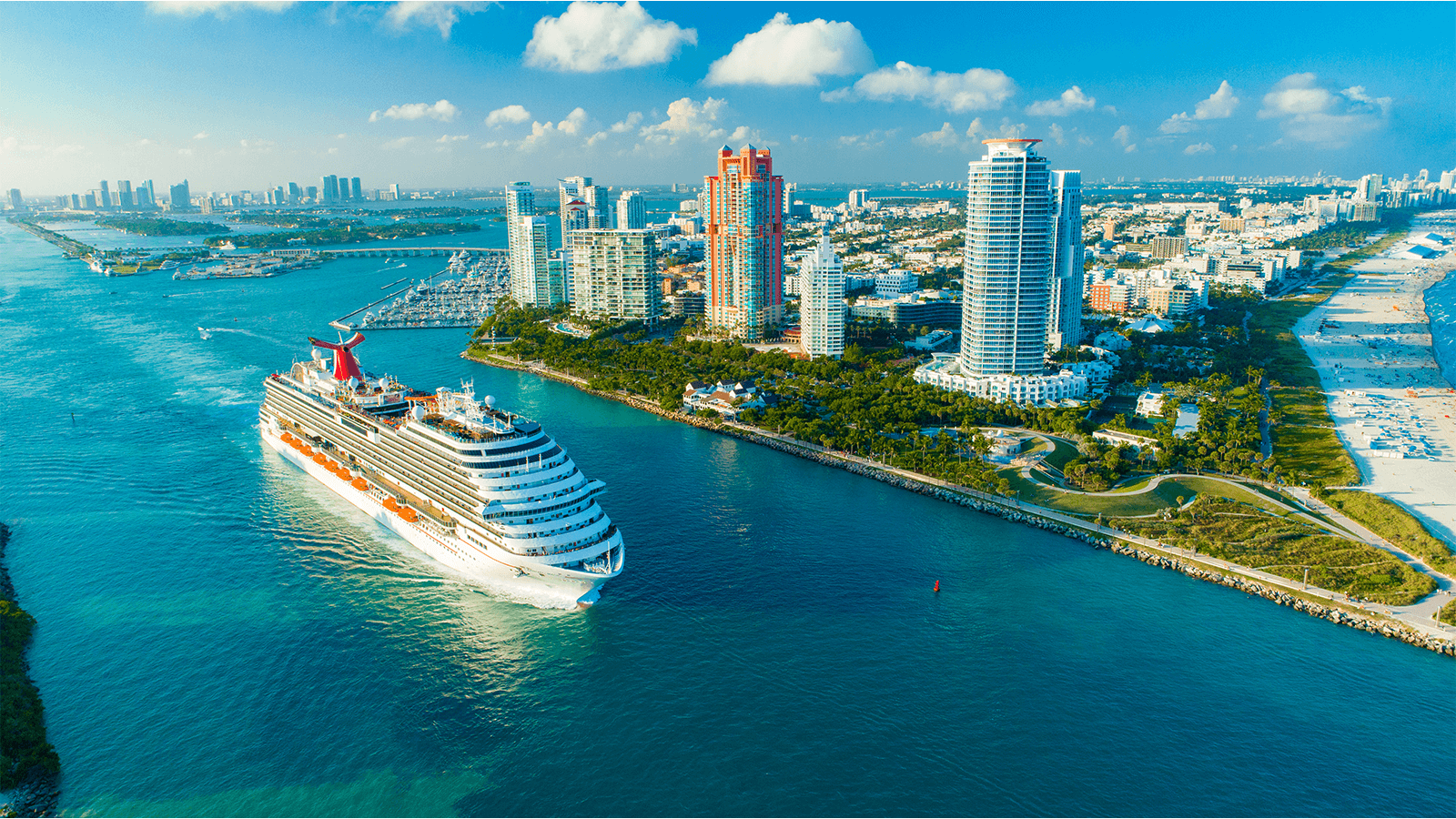
Holland America Line
Holland America Line, which has been sailing for 150 years, visits 400 ports in 114 countries every year. Dutch heritage shines through in some of the $4million-worth of artwork to be seen onboard, complimenting the luxurious cruise experience.
Live music remains HAL's forte, with venues including the Rolling Stone Rock room and BB King's Blues Club. For foodies, a wide range of restaurants serve the finest of fayre.
1964
Passengers
817
Crew
2003
Launched
2018
Last refit
82305t
Tonnage
285m
Length
32m
Width
24kts
Speed
11
Decks
USD
Currency
Cruise Itinerary
Day 1
Barcelona, Spain
Day 2
Cannes, France
Day 3
Livorno, Italy
Day 4
Civitavecchia, Italy
Day 5
Salerno, Italy
Day 6
At Sea
Relax and make the most of the myriad of facilities available on board the ship, from fantastic entertainment to delicious and diverse dining options.
Day 7
Kotor, Montenegro
Day 8
Dubrovnik, Croatia
Day 9
Korčula, Croatia
Day 10
Zadar, Croatia
Days 11 - 12
Trieste, Italy

Day 1
Barcelona, Spain

Day 2
Cannes, France

Day 3
Livorno, Italy

Day 4
Civitavecchia, Italy

Day 5
Salerno, Italy

Day 6
At Sea

Day 7
Kotor, Montenegro

Day 8
Dubrovnik, Croatia

Day 9
Korčula, Croatia

Day 10
Zadar, Croatia

Days 11 - 12
Trieste, Italy
Ship Details


Holland America Line
Oosterdam
Oosterdam, a Vista Class cruise ship, brings high style to the high seas with thoughtful upgrades and stunning artwork. Guests will have plenty to do on board when not taking in expansive views or stretching out in spacious staterooms.
Cabins
All Prices





















